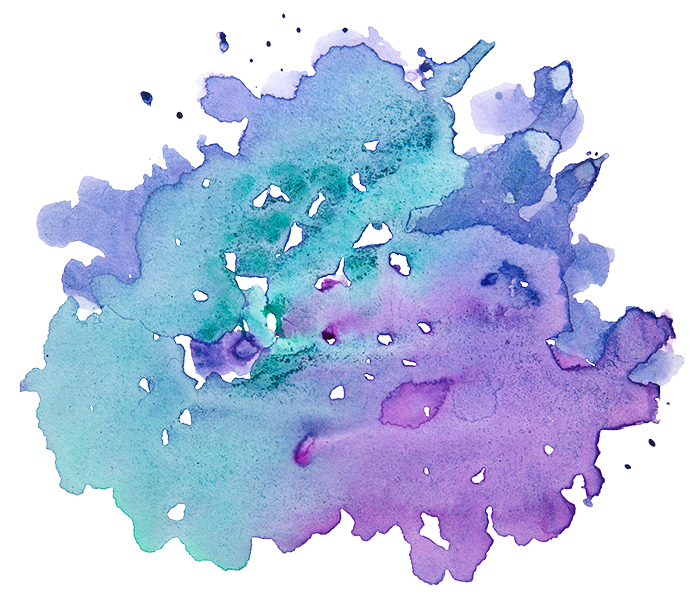by Esther Sadie Brandon
I am now a breast cancer survivor. In the summer of 2015, an immersion at Mayyim Hayyim was my medium to mark the transition from being in treatment to healing.
The words Refuah Sh’leimah can be interpreted as a prayer for wholeness. Integration is the neurological process of bringing together differentiated parts to create wholeness.
During the time of diagnosis, treatment, and recovery, practicing mindfulness meditation and yoga offered me a container to lean into and, at times, a container to surrender to. There were many moments when constructive choices and decisions needed to be made, and I would feel overwhelmed, almost as if I was underwater and not quite able to reach the surface. Practicing restorative yoga and intentionally taking slow, deep breaths would begin to settle my mind and body, and the fears would begin to pass, giving me some space.
 The day after my last radiation treatment, I immersed in the mikveh. We began the ritual by saying the Shehecheyanu prayer, which is written in the plural and literally means, “who has kept us alive,” suggesting that your joy is shared by a larger community. I noticed the plurality of the Hebrew as my circle of friends surrounded me with love and life. After my immersion, we prayed the Mi’sheberach: “May the One who blessed our ancestors…bless and heal Esther Sadie…” and brought into the circle our ancestors, our matriarchs and patriarchs, Abraham, Isaac, Jacob, Sarah, Rebecca, Rachel, and Leah.
The day after my last radiation treatment, I immersed in the mikveh. We began the ritual by saying the Shehecheyanu prayer, which is written in the plural and literally means, “who has kept us alive,” suggesting that your joy is shared by a larger community. I noticed the plurality of the Hebrew as my circle of friends surrounded me with love and life. After my immersion, we prayed the Mi’sheberach: “May the One who blessed our ancestors…bless and heal Esther Sadie…” and brought into the circle our ancestors, our matriarchs and patriarchs, Abraham, Isaac, Jacob, Sarah, Rebecca, Rachel, and Leah.
After the embrace of the healing waters of the mikveh, I had a dream I saw Moses at the edge of the Red Sea. The waters were about to engulf him and the Israelites. I awoke with the thought—has my breast cancer lesion been my moment at the edge of the Red Sea?
What happened at the edge of the Red Sea? Rabbi Alan Lew z”l translates Exodus 14:13-15: “But Moses said to the people, ‘Don’t be afraid (al tira-u), collect yourselves, (hityatzvu), and see (uru) the salvation that Adonai (God) will make for you today… Adonai will fight for you and you will be still (tacharishun).’ Then Adonai said to Moses, “Why do you cry out to me? Tell the Israelites to just get going (v’yisa-u).’”
Rabbi Lew developed a mindfulness approach to this verse with a five-step program: don’t panic, pull yourself together, see clearly, be still, and get going. I would sit quietly and breathe—in and out, and I could hear his words gently guiding me to be still, to feel the waves of fear—to not panic, to not act on my fear—to quiet the stories in my mind so I could more easily see my next step.
Immersion in the mikveh provided a sacred space and a sacred time for integration. The experience of being underwater felt soothing. L’dor v’dor (from generation to generation)—I felt held, perhaps by a connection somewhere in my bones to the energy of Sarah, of Rachel, of Leah, of Rebecca, of Abraham, Isaac, and Jacob…and then in my dream, Miriam. After my immersion, I felt a new sense of healing—Refuah Sh’leimah—a complete healing, a coming home to myself with renewed wholeness.
 Esther is a member of the Nehar Shalom Community Synagogue and the Temple Beth Zion Nishmat Hayyim meditation group. She has practiced mindfulness meditation and Iyengar yoga for the past 35 years. She completed the Institute for Jewish Spirituality, Jewish Mindfulness Teaching Training Program, and is a Mindfulness and Life Coach.
Esther is a member of the Nehar Shalom Community Synagogue and the Temple Beth Zion Nishmat Hayyim meditation group. She has practiced mindfulness meditation and Iyengar yoga for the past 35 years. She completed the Institute for Jewish Spirituality, Jewish Mindfulness Teaching Training Program, and is a Mindfulness and Life Coach.


